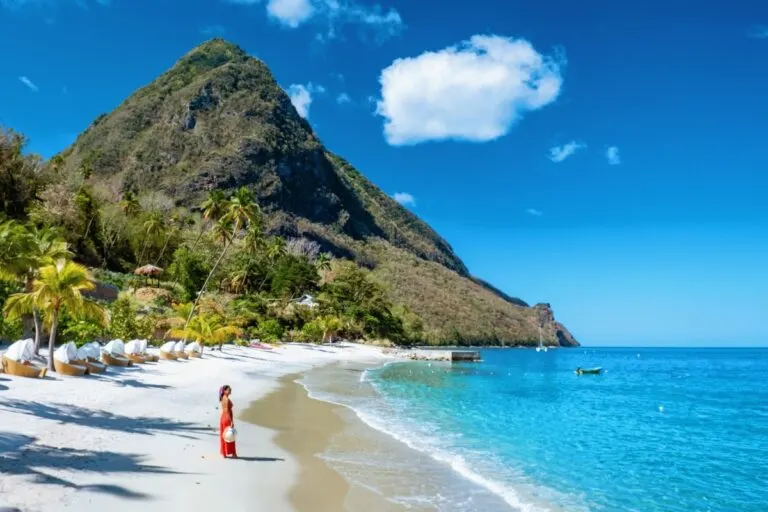Say what you will, safety will always be a relevant topic for Americans going abroad, particularly in the Caribbean:
Despite its numerous paradisiacal islands and year-round amazing weather, it’s not exactly known to be one of the safest territories to travel worldwide, with popular destinations like Jamaica and the Dominican Republic all being affected.
As beautiful as they may be, these Caribbean countries are not always super well-developed, and though it’s a controversial term––at least to some––they’re no stranger to Third World problems, from endemic corruption to higher rates of urban violence.
That being said, it’s important not to generalize:
Not all Caribbean destinations tick that box, and some are, we may argue, even safer than your average mid-size American city, but unless you’re actively updating the U.S. Travel Advisories every day for the latest up-to-date information, tracking those can be hard.
That’s why we’re here to help you.
Based on intelligence provided by U.S. authorities, these are 4 of the safest Caribbean gems out there:
Saint Lucia
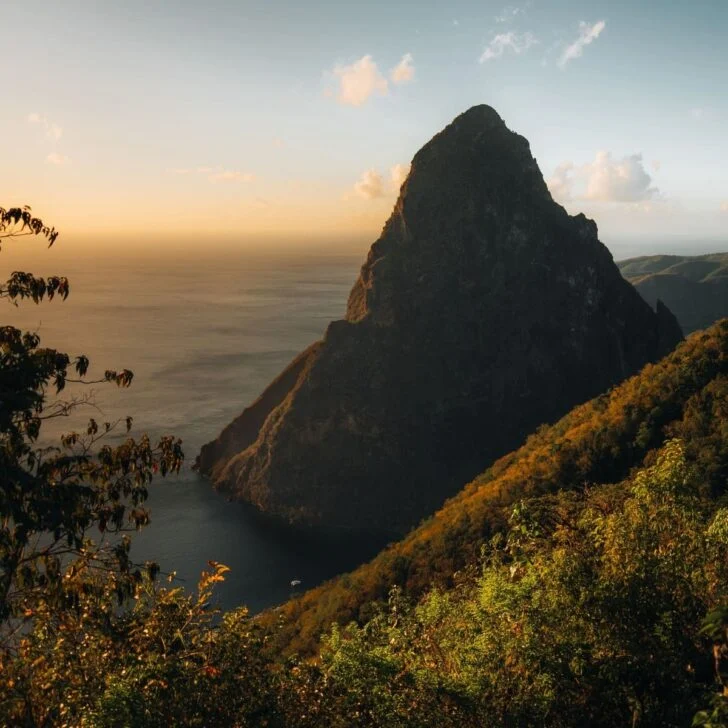
There are the odd few who will argue that all Caribbean islands look the same and lack personality, but even the region’s fiercest detractors will agree there’s no place in the world like Saint Lucia, a sovereign nation dominated by volcanic peaks and lush jungle.
The whole territory is cut through with mountains, but the two most famous, the two Pitons (Petit and Gros), rise a vertiginous 743 and 798.25 meters high, drawing thousands of visitors every year thanks to their unique geology and UNESCO status.
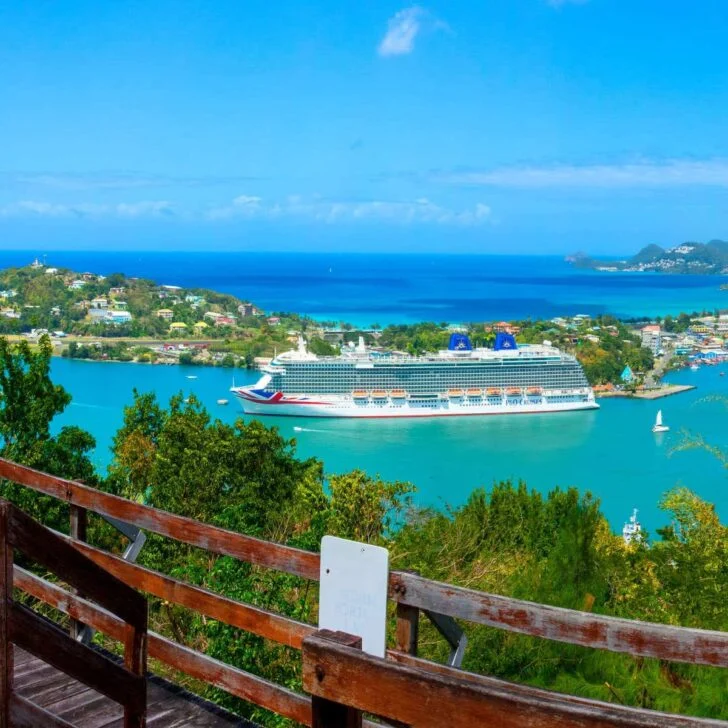
If you don’t mind challenging hikes, check out this Gros Piton Hike with transportation included, commanding breathtaking views of one of the Caribbean’s most impressive natural wonders, costing from only $85 to book.
Instead of ‘just’ more beaches, Saint Lucia offers laid-back coastal villages that seem completely undisturbed amid the 21st-century development boom, and beautiful jungle trails that lead to towering waterfalls, and the best part is, it’s incredibly safe!
According to the U.S. Travel Advisories, Saint Lucia is at Level 1, one of only a handful in the Caribbean to have achieved this status: in less technical terms, this means it is considered to be on a par with traditionally-safe destinations like Iceland, Finland and Switzerland.
Curaçao
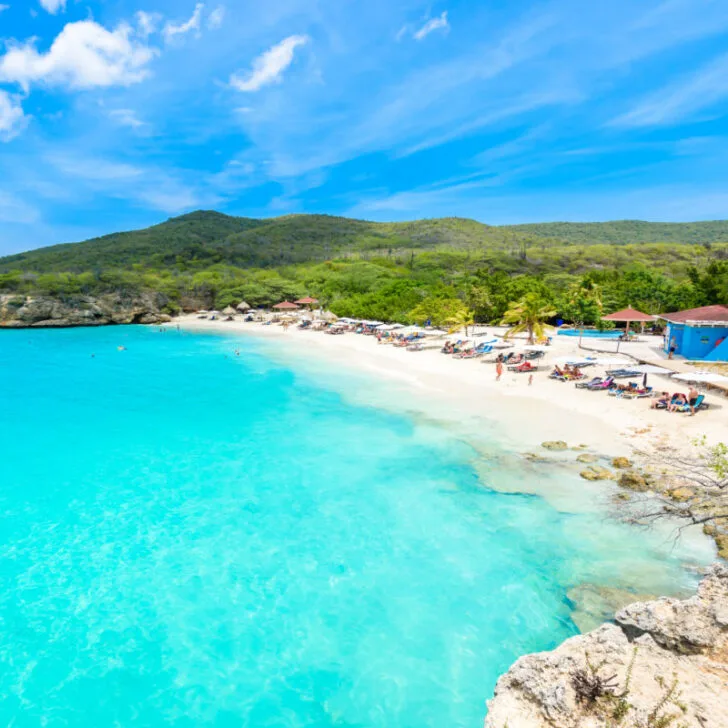
Part of the Dutch Caribbean, Curaçao is a tiny, yet attraction-packed island most Americans are yet to discover, even though it’s a short 3 to 4-hour flight away from a number of U.S. cities, like Miami, Fort Lauderdale and Charlotte.
In case you’re wondering what makes Curaçao special, other than the glistening-white sands lapped by teal seas, it is home to one of the best-preserved Dutch colonial cities on this side of the big water, namely the charming Willemstad.
Picture Amsterdam, but in the tropics: the capital of Curaçao is the lovechild of the Netherlands and the Caribbean, and its pastel-colored Mannerist buildings, lively canal front, fish markets, and scenic Blue Bay Beach are worth flying all the way from Florida to see.
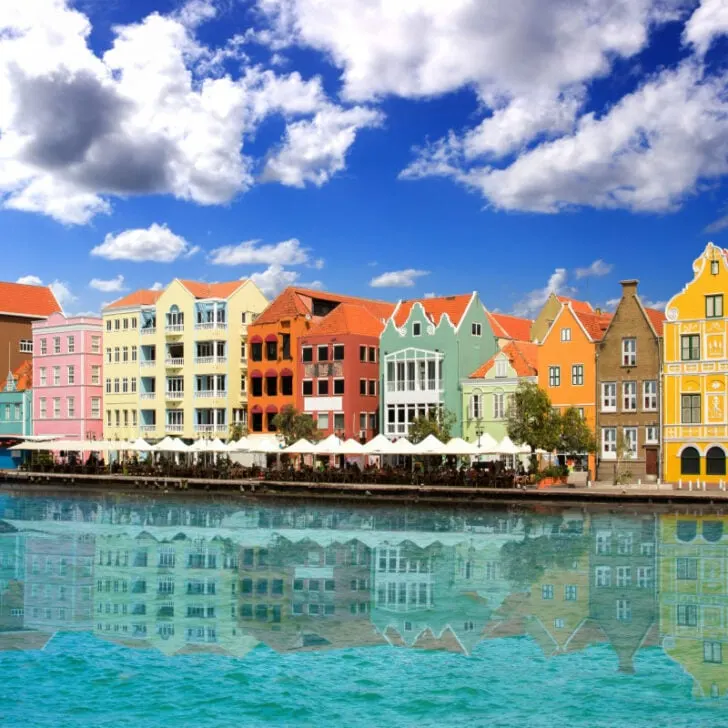
The island is also popular for its booming resort industry, and if you’re looking for your next all-inclusive getaway deal, the oceanfront Mangrove Beach has rooms with a view from $1,988 upward this season, a short 10 minute drive from Willemstad.
On the safety side, crime levels in Curaçao are not alarming, to say the least: remember, despite being thousands of miles away, this is still officially a part of the Netherlands, a developed, stable country, so it’s no wonder the U.S. State Department has added it to Level 1.
Dominica
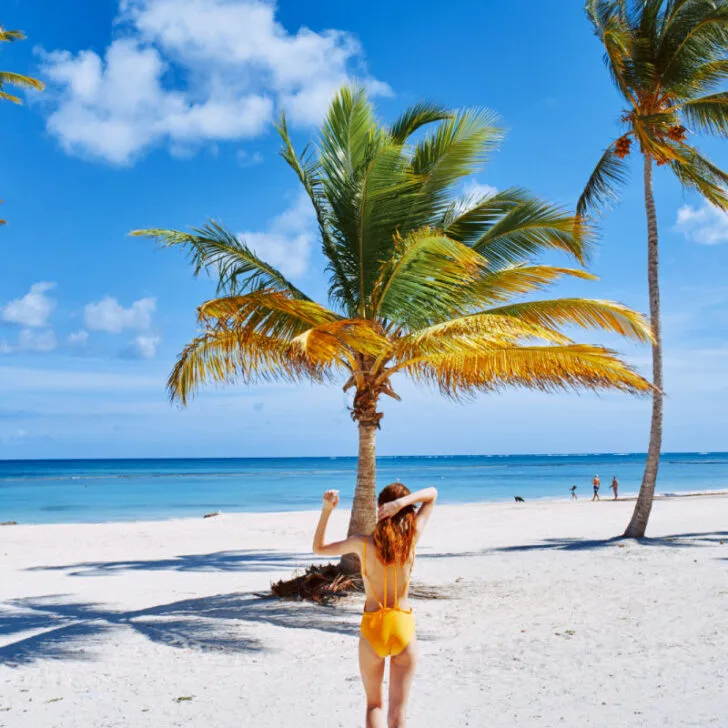
Not to be mistaken for the the Dominican Republic, Dominica doesn’t have a Punta Cana or Santo Domingo to its name, but it’s dotted with hot springs, volcanic plugs, cascading waterfalls and peaceful oceanside villages where time seems to have stood still.
The population is just over 72,000 people, and there’s not a single party town in sight, so needless to say, Dominica is somewhere you go for relaxing and being in touch with nature––and boy, are there countless activities to pick from if you’re willing to just disconnect for a little while…
There’s Morne Trois Pitons National Park, whose dormant triplet volcanoes share their name with Saint Lucia’s twins, a lava-heated Boiling Lake–that’s what it’s called–and even the small capital, Rouseau, feels more like a small town, with its colorful timber houses and idyllic atmosphere.
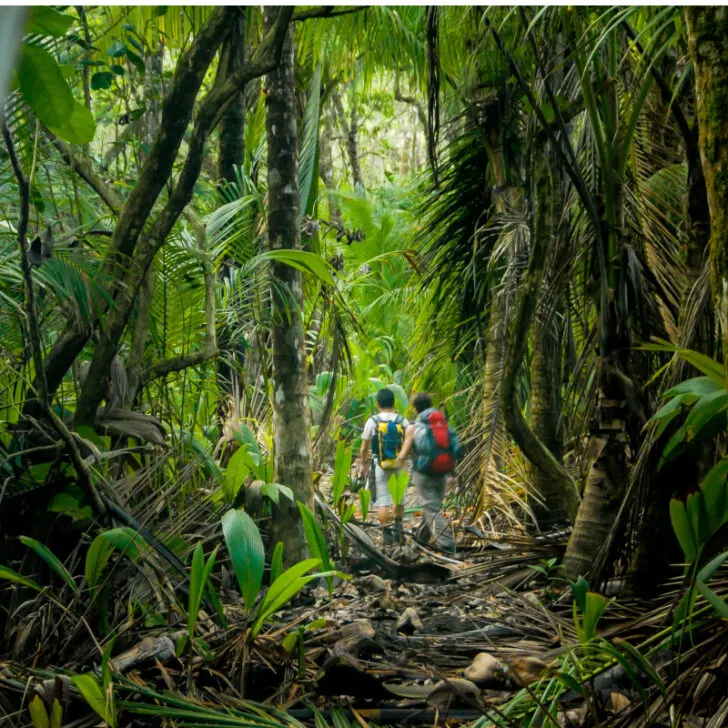
One of the best day tours for discovering the south-central part of Dominica, where all of the main points of interest are located, and seeing as many sights as possible in a single day, is this 4.5-hour day tour, including a visit to Titou Gorge and complimentary champagne.
In essence, Dominica is really one big village, and as you might expect, it doesn’t really have all that gang activity, violence, and the problems that typically arise from rapid urbanization in larger Caribbean conurbations, and that is why it’s considered a Level 1 destination.
Cayman Islands
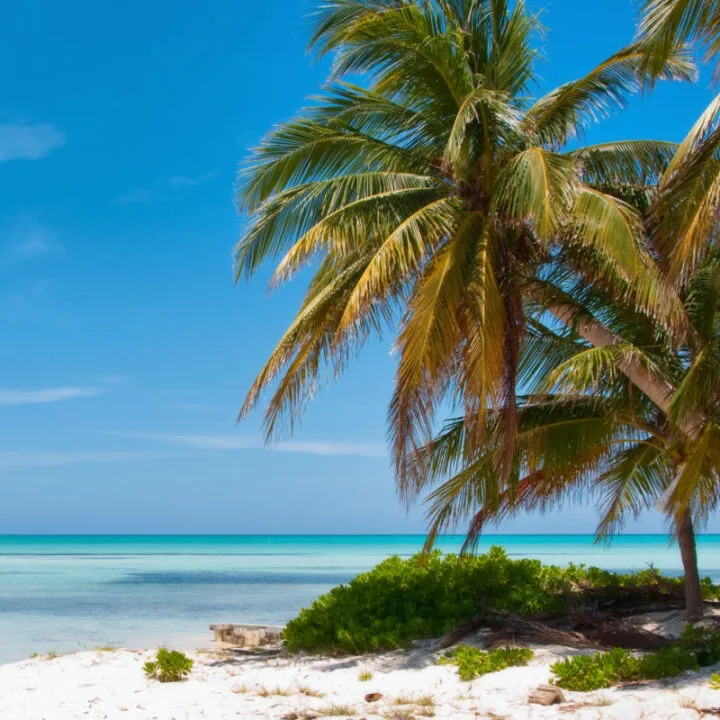
Yet another European territory, this time a British Overseas one, the Caymans are a triad of small islands in the Western Caribbean, best known for its luxury resort zone, miles upon miles of powdered sands, and numerous scuba diving and snorkeling zones.
The largest island, Grand Cayman proper, is where all of the most-visited resorts and leisure centers are located, including Hotel Indigo and Kimpton Seafire, as well as the laid-back capital, George Town, more than just a mere port of call for cruises:
Other than the usual tax-free shops catering to cruisers, it plays host to a landmark National Museum, housed in a well-preserved, 19th-century building dating back to the British colonial period, as well as our favorite brewery in the entire Caribbean, Cayman Spirits Co.
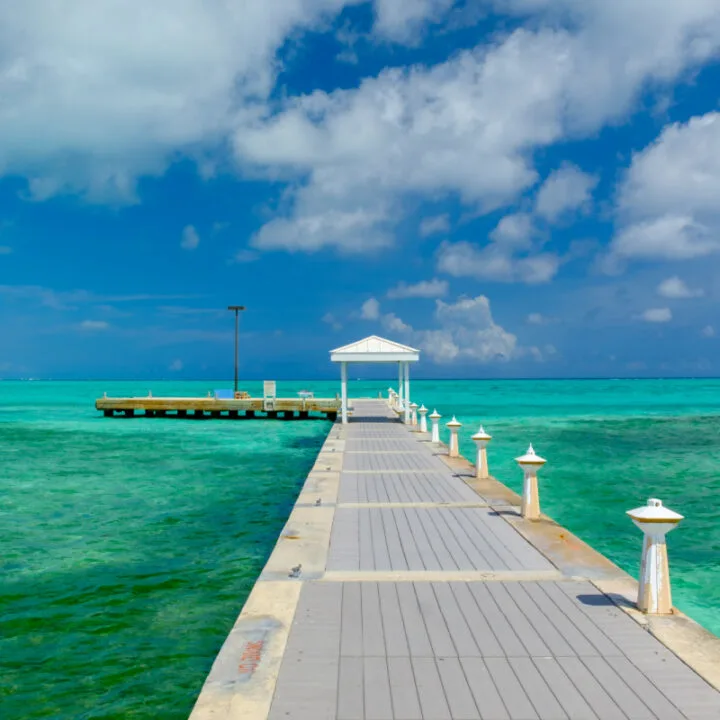
Their vast selection of spirits and enthusiastic guided tours––with rather generous samples!––is how you know you’re on a British-administered island: make sure you book your visit here, with reservations starting from only $55.
The last part, you guessed it, is that the Caymans are perfectly safe for Americans to visit, as (the vast majority) of the King Charles domain; according to the State Department, U.S. citizens should exercise ‘normal’ precautions when paying the islands a visit.
Credit: Source link

